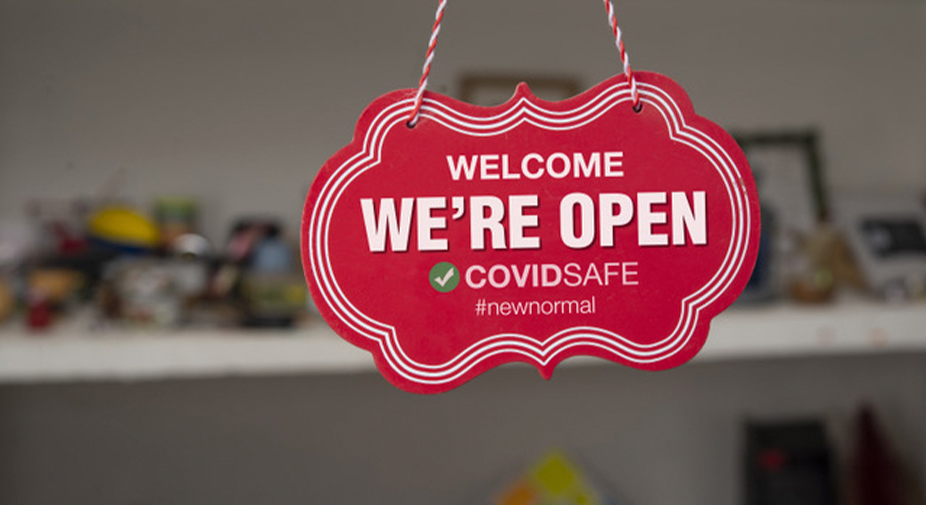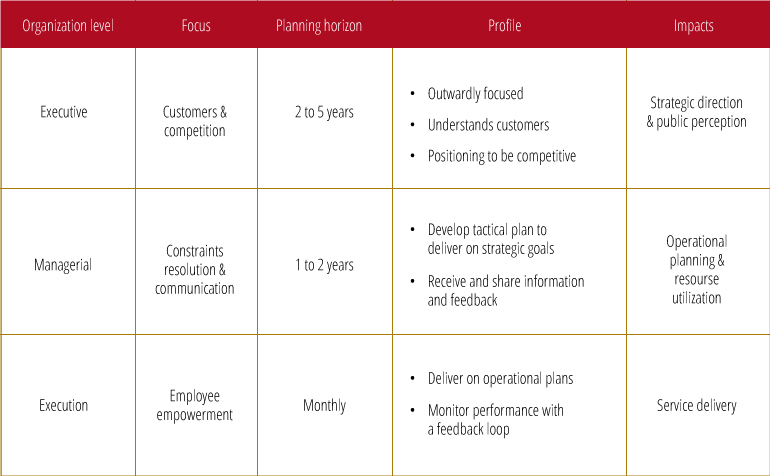COVID-19: The Latest Excuse for Poor Service

There is no doubt that COVID-19 upended the familiar, and retail has been one of the industries hardest hit. However, we cannot ignore the fact that responsibility for much of the severity lies with retailers themselves. COVID-19 has revealed weaknesses that retailers have papered over, obscuring the erosion in personalized and meaningful service decades in the making.
Retailers have been content making do with the most minimal staffing and inventory levels, putting in jeopardy their capability to provide even basic service to the customer. Over time, stores — with an eye on cost reduction — have relied on staff that does not consider retailing as a career, but simply as a stop gap until something else comes along, and stores compensated for that accordingly. The net result is that maintaining even the most modest level of staffing to cover fundamental service is a process that is operationally accepted.
The chronic decline of service and inventory levels has been matched with an equally precipitous decline in customer satisfaction and loyalty. While COVID-19 has accelerated the move to more convenient channels, the fact remains that if the pandemic and all its impacts were to magically disappear tomorrow, dissatisfaction with store retailers and their limited offering would most certainly remain. It does not have to be that way.
How big-name retailers are handling/mishandling COVID-19 challenges
This is a recent example of a national big-box DIYer using the pandemic as an excuse for poor service that was already notoriously spotty. When the coronavirus hit, the retailer constrained checkout capacity in order to “protect the employees”, forcing customers into long lines up and down the aisles, and undermining the same safety protocols that shoppers were assured to visit the store safely. Ironically, it made consummating a simple purchase an endurance event that was also unsafe.
In contrast, a national big-box membership retailer responded to the COVID-19 safety challenge with a different perspective. Rather than constraining the physical checkout process, they removed the endcaps in the main aisle leading up to the registers, creating more space for social distancing. They kept all registers manned to make the checkout as efficient as possible, much to the delight of the customers.
In the examples above, we see that one retailer responded with disjointed actions, without considering the overall impact on customers simply trying to make a purchase. These actions put customers at risk and placed the customer-facing team members in the exhaustingly awkward position of either defending the store’s response or apologizing to a steady stream of unhappy customers. This retailer used COVID-19 to excuse their lack of commitment to good service. In contrast, the big-box membership retailer developed a cohesive plan that met evolving CDC protocols, while preserving the customer experience to maintain both revenue and loyalty.
When customer care is a COVID casualty
Making excuses for poor service is not limited to retail stores. Consumers have suffered in service-oriented businesses as well. Prior to COVID, anecdotes could be found on the internet where retailers often responded with apologies that attempted to be plausible and constructive. With the onset of the pandemic, COVID has become, for some, the excuse du jour for every lapse of service.
Take, for example, a new premium exercise equipment and service provider that has recently seen demand outstrip its capability to deliver. As a part of the online ordering process, the window for delivery appointments follows the consummation of the sale. Prior to the pandemic, delivery time was standard and competitive. As demand grew and pushed delivery times out, no effort was made to notify the customer of the extended delivery time prior to the sale. One can’t help but speculate that withholding the delivery appointment — pertinent in the sales decision — until after the consummation of the sale is intentional. The result leaves the customer feeling frustrated and betrayed, coloring their perception of the company from their first interaction. This is not the path to long-term customer loyalty for any company, but particularly for one that is dependent upon subscriptions for their revenue stream.
Customer service that outlasts the pandemic
COVID has forced the closing of many office buildings, creating challenges in providing consistent service. The best companies pivoted to a distributed model, enabling employees to work from home. This involved both technical challenges and operationalizing new processes from staffing to training and supervision, ensuring that no diminution in customer service occurred.
The success of one of the largest property and casualty insurance providers serves as an example of commitment necessary to achieve this, starting with the fundamental principal that operational changes would be transparent to the customer. Technical requirements and operational processes were redesigned, keeping the customer at the center of a new distributed service model. All interactions, beginning with first-level response, remain unchanged. COVID operational impacts are kept out of the conversation with the customer, commencing with the first greeting and all subsequent interactions. Regrettably, there are all too many service providers who have used COVID as justification for not making the effort and investment in maintaining a standard of service.
The question now becomes, when COVID subsides, what will the next excuse for poor service be? If short-term thinking and mediocre service persist, companies who accept this will not survive.









